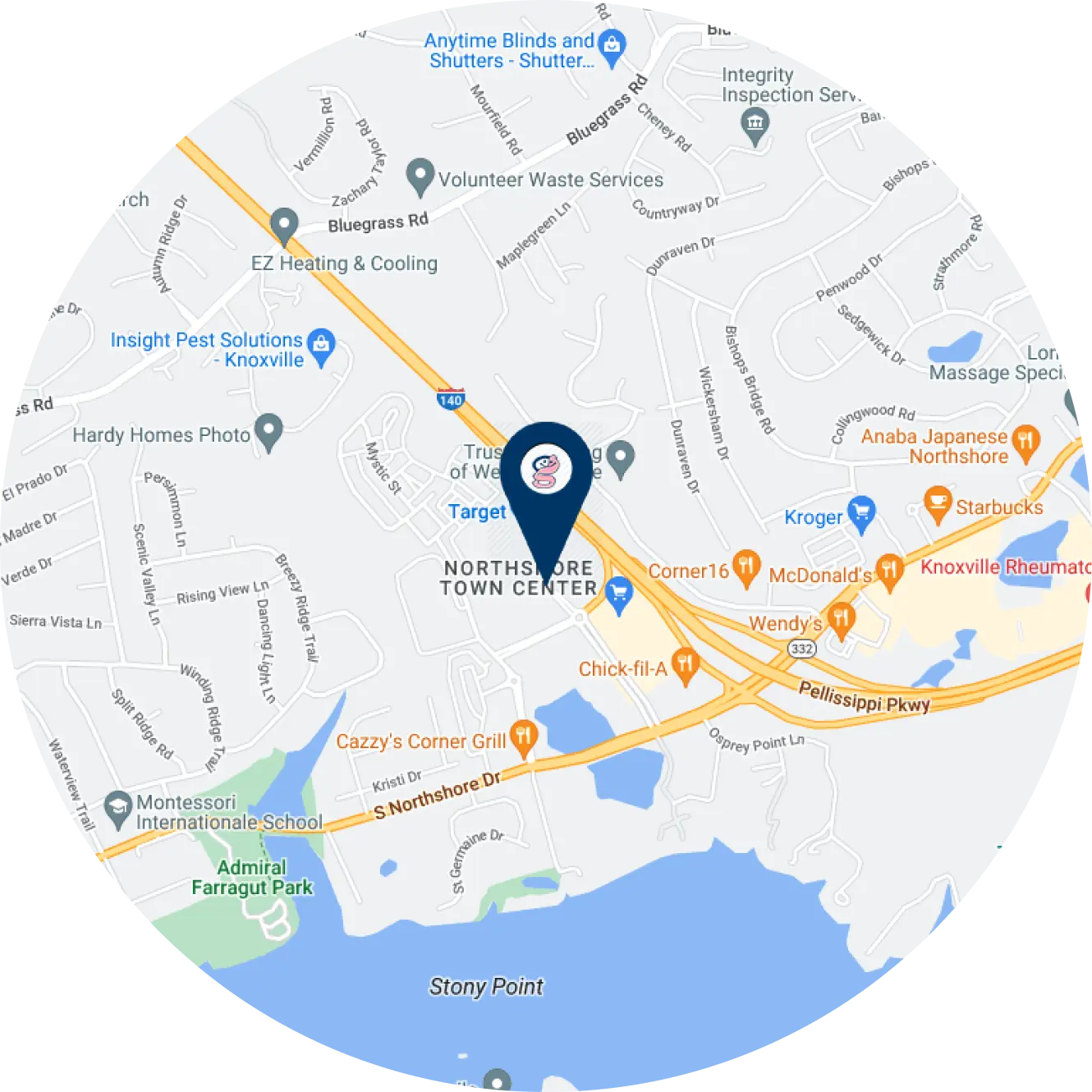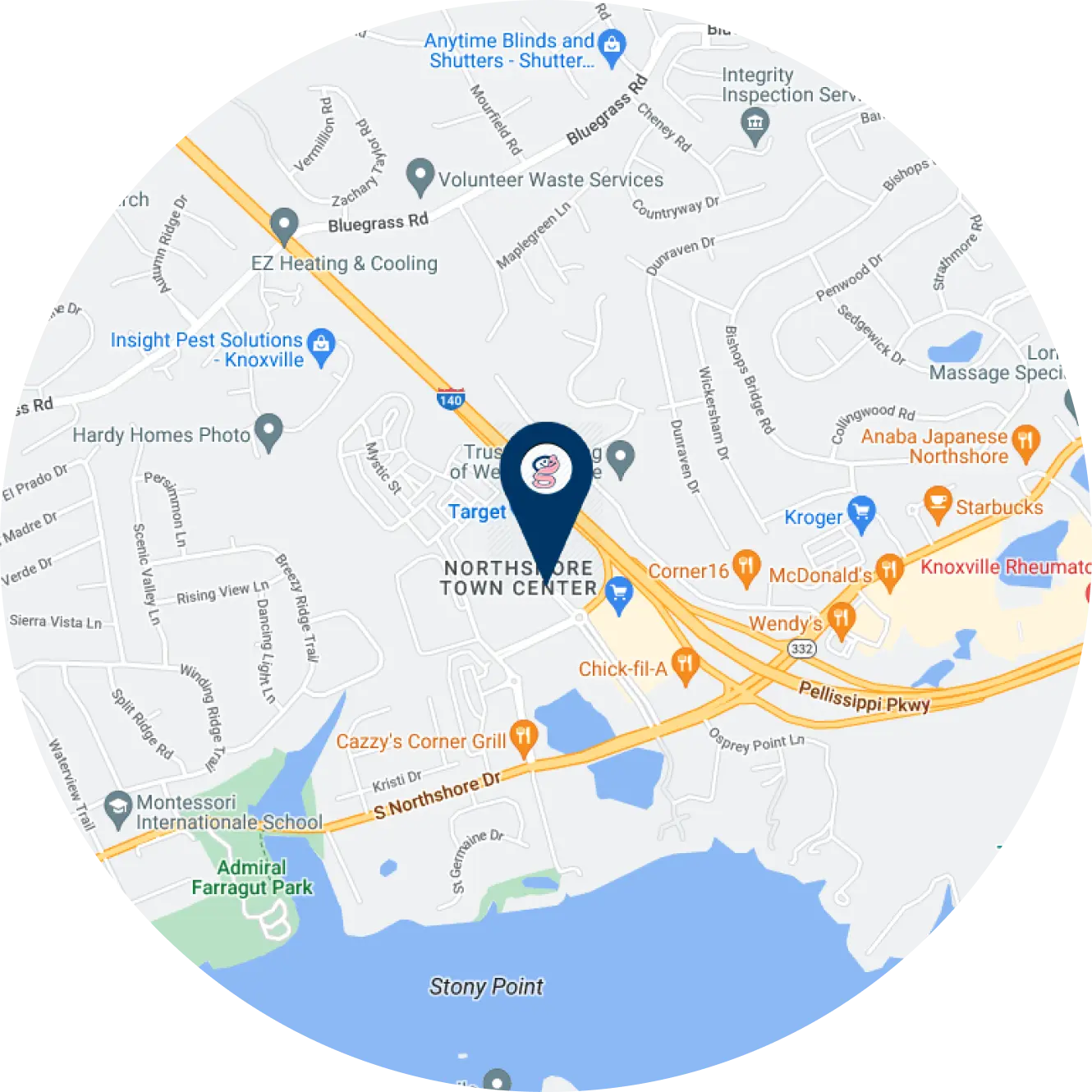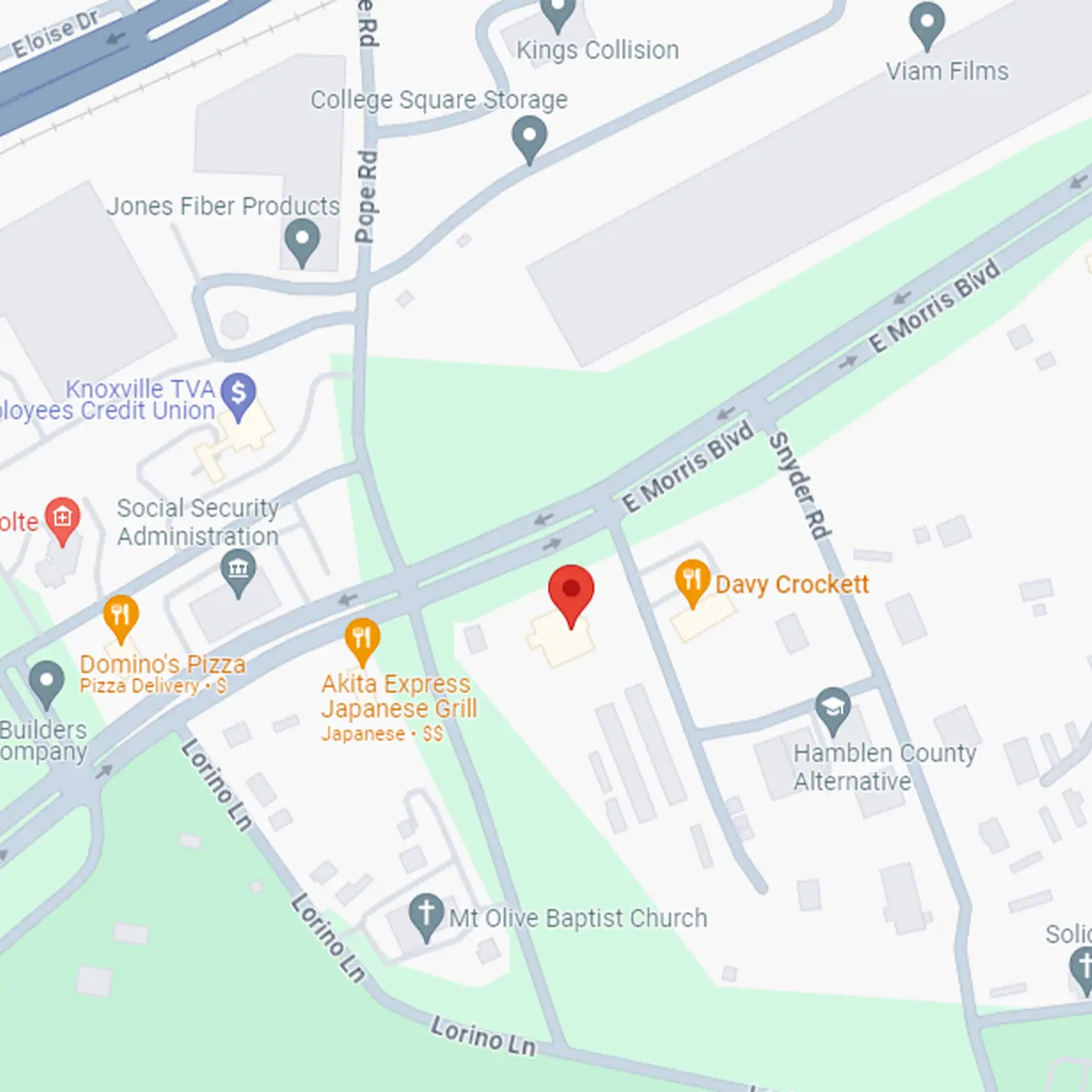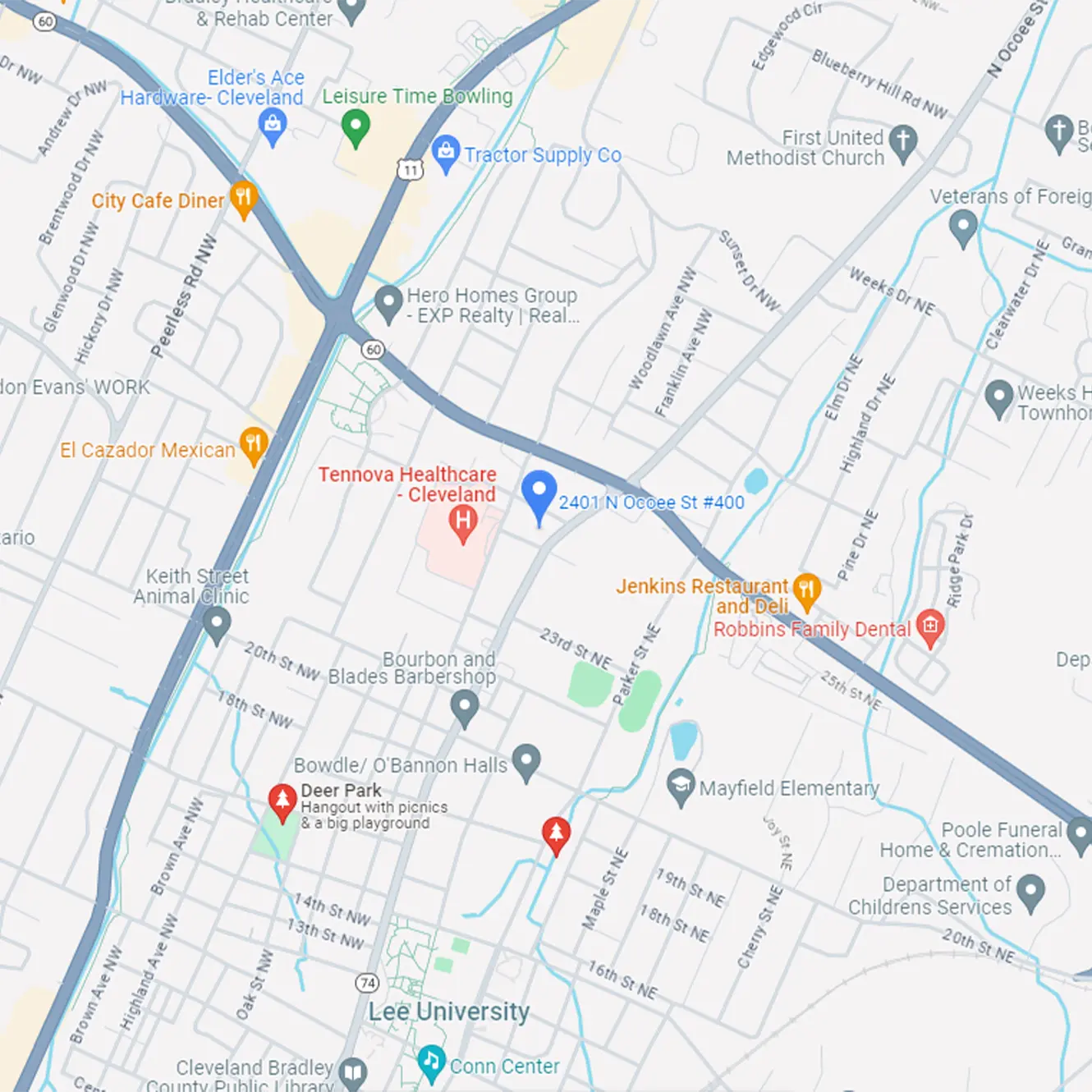Fiber in the Diet
You may have heard that you need fiber in your diet; but do you know where to get it and why you need it?
Fiber helps make our stool bulky and soft and keeps us feeling full in between meals. There are actually two kinds of fiber: soluble and insoluble; and we need them both! They work in different ways to keep our GI tract (and the rest of our body) healthy.
Soluble Fiber
By its definition, the word soluble describes something that is able to soak up water. This type of fiber moves slowly through your gut absorbing water to create a gel-like substance. Soluble fiber thickens in your GI tract slowing the absorption of cholesterol, which is good for your heart. Some soluble fibers, known as prebiotics, feed the good bacteria in your colon. This process is called fermentation and produces something called short chain fatty acids as a result. These SCFAs help your colon absorb calcium and magnesium.
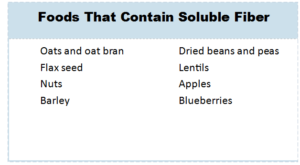
Insoluble Fiber
Insoluble fiber is found in plant cell walls. It does not dissolve and is not digested. This type of fiber speeds up the GI tract, removing toxic waste through the colon in less time. Insoluble fiber also adds “bulk” to your stool producing a normal bowel movement. This helps to prevent and treat constipation.
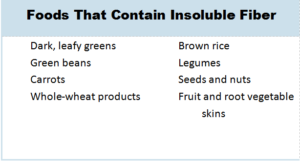
Some of the health benefits of dietary fiber include:
-
Strengthening the immune system
-
Treating and preventing constipation
-
Prevents hemorrhoids
-
Prevents diverticulosis
-
Decreases blood cholesterol levels which protect against cancer
-
Helps you feel full
It is important to have both kinds of fiber in your diet. You can do this by eating a variety of foods each day.
Increasing Fiber in the Diet
If you are trying to increase your fiber intake it is important to do so gradually because too much fiber added too quickly may cause gas, cramping, or bloating. If you have constipation, increasing insoluble fiber can be beneficial because it helps the stool move out faster. It is also important to drink plenty of fluids to avoid dehydration and prevent hard stools. Many high fiber foods contain both soluble and insoluble fiber. Although soluble fiber moves more slowly through the GI tract, it can help with constipation by improving the texture and consistency of the stool. If you are having diarrhea, on the other hand, your doctor may still ask you to increase soluble fiber as it helps bind the stool together, making it less runny. You can get soluble fiber through your diet or by taking a fiber supplement such as Benefiber® or Metamucil®.
Tips for Increasing Fiber Intake
Eat raw fruits and vegetables with the skin intact
Add nuts or fruit to yogurt and cottage cheese
Use whole wheat grain products instead of refined grains
Scan food labels for “whole wheat” or “whole grain” as the first ingredient
Add beans or vegetables to meat dishes such as chili and casseroles
Fiber Recommendations
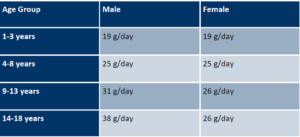
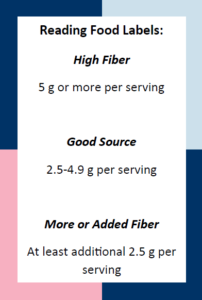
 Written by our Registered Dietitian, Madden Wilson, RDN, LDN, CNSC. For questions or more information regarding your diet and nutrition schedule an appointment!
Written by our Registered Dietitian, Madden Wilson, RDN, LDN, CNSC. For questions or more information regarding your diet and nutrition schedule an appointment!








